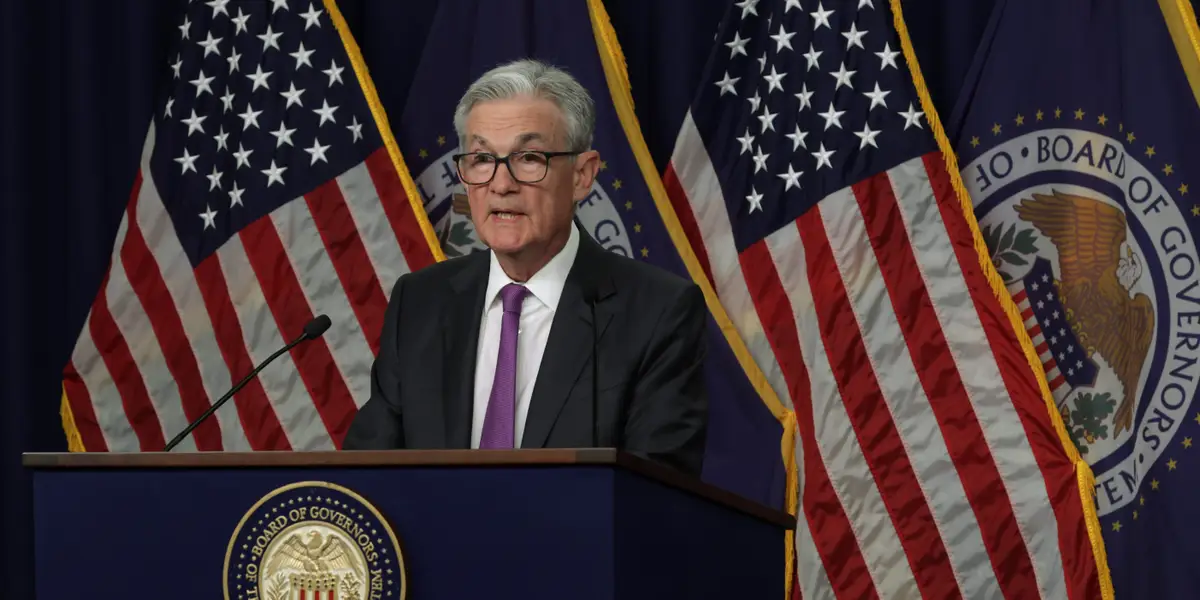Federal Reserve officials are approaching their latest policy meeting with a more cautious outlook on potential interest rate cuts this year, following three consecutive reports of higher-than-expected inflation. The key question looming after the meeting concludes on Wednesday is whether they will continue to signal any rate cuts for the remainder of the year.
Traders on Wall Street are now anticipating only one rate cut in 2024, a significant shift from earlier expectations that projected up to six rate reductions. The policymakers themselves, as recently as the Fed’s last meeting in March, had forecasted three rate reductions for the year. Rate cuts by the Fed typically translate into lower borrowing costs for consumers and businesses across various sectors, including mortgages, auto loans, and credit cards.
While most economists still anticipate two rate cuts this year, many acknowledge the possibility of only one or even none. This adjustment stems from the persistent elevation of inflation, which has surpassed previous forecasts. The Fed’s preferred gauge indicates that inflation surged to a 4.4% annual rate in the first quarter of 2024, well above the target of 2%.
Despite elevated inflation, the economy has shown resilience, with stronger-than-expected growth and robust hiring. The unemployment rate has remained below 4% for over two years, and consumer spending maintained a solid pace during the first quarter. Consequently, Fed Chair Jerome Powell and other officials have signaled a reluctance to rush into rate cuts.
During his recent remarks, Powell emphasized that elevated inflation levels have eroded confidence in the expectation of a steady return to the Fed’s target, making near-term rate cuts less likely. He suggested that the Fed would refrain from rate cuts as long as inflation remains high.
In his upcoming news conference after the Fed’s meeting, Powell is expected to reinforce this stance. However, any deviation from previous statements, such as Powell’s indication in March that the Fed’s rate was likely at its peak, could signal a reduced likelihood of rate cuts this year.
Additionally, the Fed may announce a slowdown in the pace of unwinding its COVID-era policies, such as the reduction of its bond holdings. This adjustment aims to avoid market disruptions and keep longer-term interest rates stable.
Overall, while the Fed remains watchful of inflation and economic trends, any decision regarding interest rate cuts will hinge on evolving data and economic conditions.















































